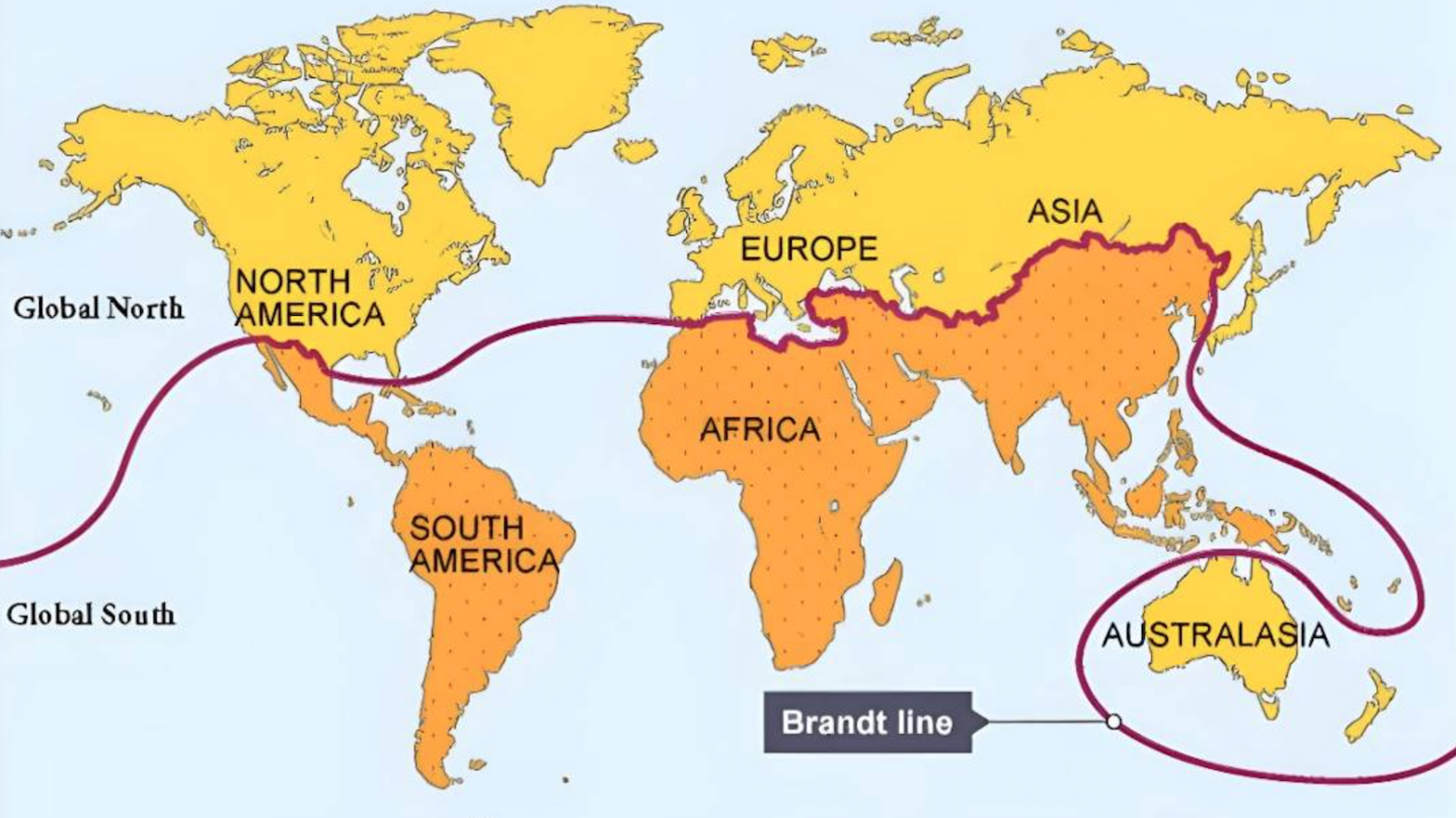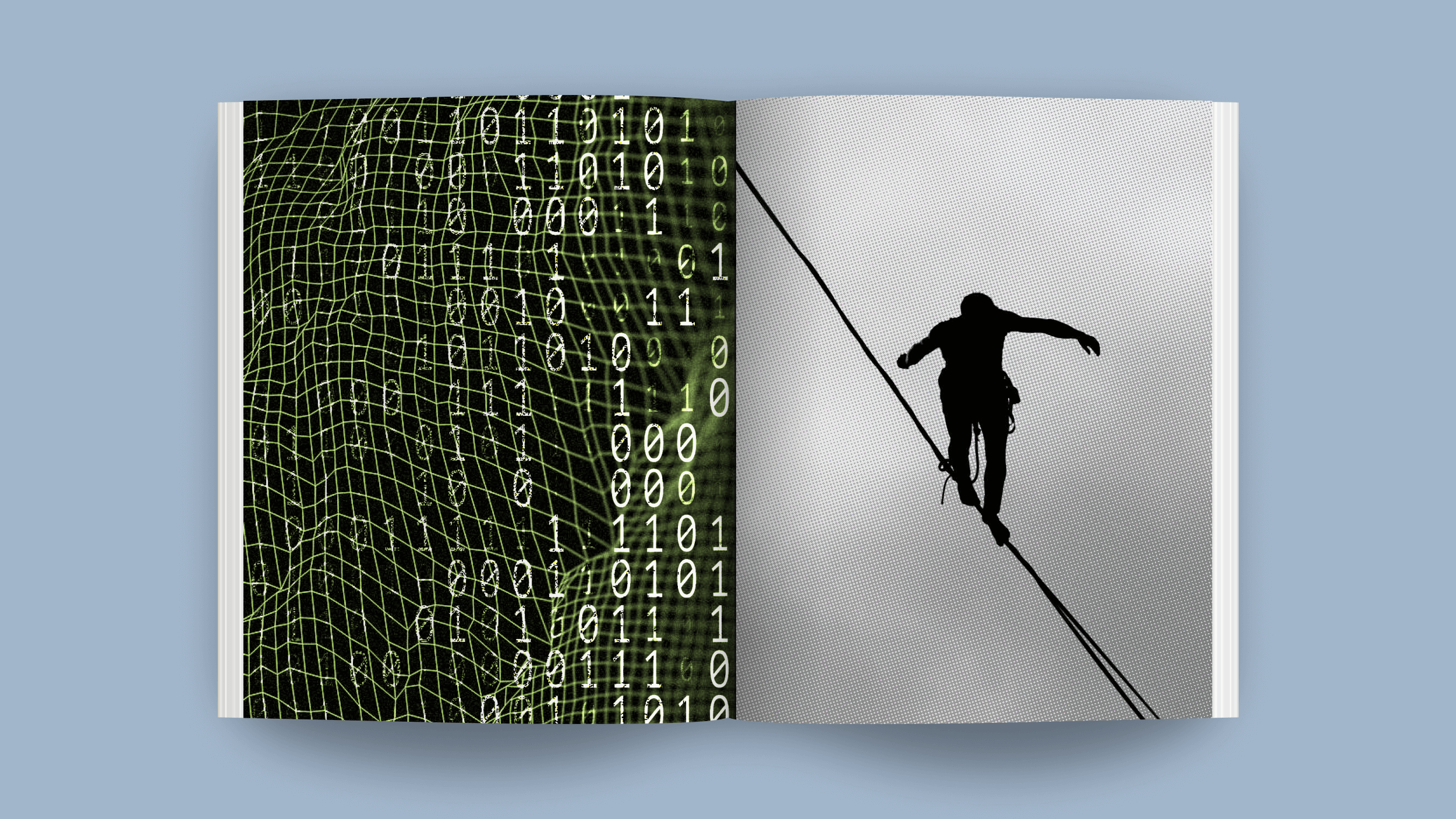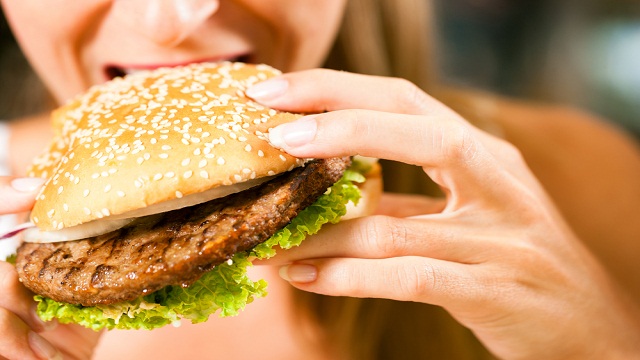How To Stay Sane. A Q&A With Philippa Perry

Philippa Perry is a British psychotherapist and writer. She is also the author of How To Stay Sane, a charming new book and a recent edition to The School of Life series, “a new enterprise offering good ideas for everyday life.” Although you’ll find Perry’s book in the self-help section some of what she writes about relates to creativity. She was nice enough to answer a few questions.
Sam: You say that good stress “keeps our brain plastic.” What do you mean, plastic? And is a “plastic brain” a “creative brain”?
Philippa: It used to be thought that you stopped making new neural connections in your youth and from then on your brain was fixed and it was downhill all the way. But in fact as we know from our own experience we can keep on learning and learning means changing our brain on a physical level. Neurogenesiscontinues throughout life and we have the capacity to establish new neural pathways and strengthen existing ones. Our brains do not have to be fixed, they can be plastic. After a stroke we can re-learn how to talk, because by practicing we can establish different pathways in the brain, circumnavigating the damaged part. But we don’t have to have suffered brain damage to take advantage of the plastic nature of our brains.
Recent evidence from scientific researchers at Yale, Harvard, and Massachusetts Institute of Technology revealed that meditation can allow us to “grow bigger brains.” It is thought meditation can build up new pathways between neurons. Meditators are shown to have thickening in parts of the brain structure that deal with attention, memory and sensory functions. This was found to be more noticeable in older, more practiced meditators than in younger adults which is interesting because this structure usually tends to get thinner as we age. Meditation is focused attention and the more we practise focusing our brains the more connections we build up. In other words if we keep practicing mental skills it is likely we can strengthen neural connections and make new connections.
“Plasticity is an intrinsic property of the human brain and represents evolution’s invention to enable the nervous system to escape the restrictions of its own genome and thus adapt to environmental pressures, physiologic changes, and experiences. Dynamic shifts in the strength of preexisting connections across distributed neural networks, changes in task-related cortico-cortical and cortico-subcortical coherence and modifications of the mapping between behavior and neural activity take place in response to changes in afferent input or efferent demand. Such rapid, ongoing changes may be followed by the establishment of new connections through dendritic growth and arborization … Plasticity is the mechanism for development and learning…” Source
As to a ‘creative brain’ I’m not exactly sure what you mean by this, but possibly it means a brain belonging to someone who can come up with new ideas, problem solve and generate new things. This is something that more or less anyone can do and they can become skilled in it, and like any skill gets better with practise. I haven’t extensively researched creativity on its own but my fantasy is that in order to be creative I need to allow space for my unconscious thoughts to filter up through into my conscious ones to allow for an internal dialogue that encourages new ideas to form rather than be dismissed. The more I can do this, the more confident I am in the process.
As you seem interested in creativity I’ll share with you the only work I did specifically on creative process:
In 2008, I ran a 5 day therapy group once for art students and their lecturers in the University of East London in which I used Gestalt experiments so that each participant could become more aware of how they were each creative. I found that there tended to be generally main sorts of creativity. There were those whose ideas sprung from their work as they did it, and those who planned their work out beforehand. We called these, rather clumsily, Organickers and Organisers. Using visualisation techniques to get participants to remember how they played as children we found out that Organisers had tended to set up their games first and Organickers had made them up as they went along. It was useful for the staff because if they themselves were an Organiser and they tried to teach an Organicker that the way to success is to plan, they actually did more harm than good and vice versa. But we did experiment with using the two different ways of approaching invention without saying one was better than the other so they could try the other approach and some of them expanded how they were creative to take on the other way of approaching their work without assigning value judgments to either approach, but just having the different approaches like different tools. And being more aware of how they approached creative work allowed them more choice about how they went about it.
It seems whether we have a tendency towards being flexible or structured affects how we create, how we parent, how we work. The psychoanalyst Professor Joan Raphael-Leff in her book the psychological processes of childbearing identified two types of mothers – regulators and facilitators that also seem to follow this pattern. I was listening to Professor Jared Diamond on the radio recently arguing against scientists setting up a hypothesis before looking at the data to see what emerges from it and I thought, Ah, classic organicker!
The extreme of flexibility is chaos and the extreme of being structured is rigid and staying sane, or indeed using your creativity, is about being aware of these extremes and steering yourself to areas where you work best which usually tend to be more in the middle than at either extreme edge.
So whether you plan or whether you flow in order to be creative probably isn’t the point. The point is to keep practicing to maintain neural pathways and to establish new ones by learning new skills.
Sam: Could you briefly explain the Comfort Zone Exercise? It seems like most people don’t push intellectual, athletic, or social boundaries because they gravitate towards what’s comfortable. How can the Comfort Zone Exercise help? And can we use it to boost creative output?
Philippa: The Comfort Zone Exercise is straightforward. Get a large piece of plain paper and draw a circle in the middle. Inside the circle write examples of activities that you feel completely comfortable doing. Around the edge of the circle write down examples of activities that you can do but that you have to push yourself a little bit to do – those activities that may make you nervous in some way, but not so much as to stop you doing them. In the next band write activities that you like to do but find it difficult to get up the courage to do. Draw another circle around this ring of activities. After that write down those things you are far too scared to try but would like to do. You can create as many circles as you like. The point of the Comfort Zone Exercise is for you to consider what you are comfortable with and what you are not, and then to experiment with expanding your area of comfort.
I think there is probably something evolutionary in that we are drawn to the easiest option. But in our age of convenience, cars, ready meals and off the peg mean that we are in danger of being mentally under stretched. When we had to survive on our wits, gather and kill our food from scratch and be more at the mercy of our environment than we are today, we probably had enough challenge to keep our brains healthy. My theory is if we are not using our brains’ capacity for challenge it feels to me as though it atrophies like an unused muscle. What I’ve found with myself and with clients who use the comfort zone model is that when we expand out in one direction we find, with practise, that it’s easier to expand out in all directions. I think this is because a sense of achievement improves general confidence and self-esteem. The way I’ve drawn it in the book, I hope shows that the idea is that you take small manageable steps.
If someone is depressed they tend to retreat within the inner circle of their comfort zone which in the longer term, may contribute to exacerbating a problem rather than soothing it and if not seeking to expand the comfort zone becomes the norm. The trouble is if we take no new steps to try a new challenge, our comfort zone doesn’t seem just to stay still, but retract. I haven’t drawn on specific scientific evidence for this, and anecdotal experience is not evidence. However, it is merely what I’ve come to believe from my own experience and my work as a psychotherapist.
Sam: You have a section in your book about relating to others where you say that, “solitary confinement is one of the most brutal, most stressful punishments we inflict on our fellow humans. If we are to stay sane, we must not inflict it upon ourselves.” It seems like this is true in the context of creativity, where new research is debunking the idea of the lone genius and emphasizing the important role other people play in the creative process. So I put that question to you: What role do other people play in creativity?
Philippa: I get excited just thinking about that question. Two brains are better than one. You’ve twice the brain capacity and you have two sets of experiences and genes to bring to any challenge. For example, in posing me these questions to think about my theories through the lens of creativity, you are facilitating me to think about things from a new angle for me. I find other people inspiring. If I think about my work as a psychotherapist, being in collaboration, is what it is mainly about. It is about using a relationship to get unstuck. And in order for this to work, there usually needs to be not just the one way impact of the therapist impacting the patient, but a mutual impact.
There are probably times where the creative process is not helped by collaboration. For example, I’d say sometimes an artist’s vision may get blurred when subjected to a committee because an artwork is usually an expression of something unconscious that is better left in the realm of one person’s unconscious if it is to speak to another person’s unconscious. But there may be a stage even in art work where collaboration improves the product. For example I wrote my graphic novel, Couch Fiction, on my own but then collaborated with a designer to make it look better. For the story I needed to be on my own, but for how I presented it, I wanted help.
If you look at the acknowledgement page of any published book, I’ve never see anyone write, ‘I’m thanking no-one, I did this entirely by myself”!
Sam: You mention that learning new subjects builds new connections in the brain and improves our lives. I hear a lot of people say that they want to take a class in X, take up a new hobby and learn something new. Why is it so hard to act on these desires? Do you have any advice for people who seek wisdom and new intellectual endeavors but have trouble making the required effort?
Philippa: Beginning a new habit, or ending an old one can feel like letting go of a rope that swings a mile above the ground. So we feel reluctant to let go, after all, we’ve survived so far doing what we’ve done, why risk it. But if we do risk it, if we do let go of the rope, we find the ground was only one inch below our feet anyway. That mile we felt was there, was only in our heads.
And do I have evidence to substantiate this? Probably many a psychotherapy case study will bear it witness. But it’s a theory and like all theories should be held lightly.
Our emotional map is laid down mainly in relationship with our earliest caregiver in the first couple of years of life. If we think of our brains as a map, those early roads are like grooves, tram tracks, easy to fall into. That paths between these roads/tram tracks get grown over with brambles from being unused so if you change a behaviour – say becoming more reflective and less reactive – or maybe the other way round – but a change in any rate, for the old behaviour you have the deep grooves that are difficult to climb out of and the new behaviour is hard like breaking your way through brambles. But after you have cleared the path and walked along it a few times a path begins to emerge and you may begin to wear a groove in it. And perhaps the old road gets grown over a bit.
I have noticed though the old way never gets grown over enough, because under the wrong sort of stress (panic or dissociation) people tend to slip up and go along the old road before they realise what they’ve done and climb out of it again. A relapse though, doesn’t mean you’ll never walk down the path you prefer. But I think relapses are almost an inevitable part of any course of self-development.
Sam: The final section in your book, before the conclusion, is a titled “What’s the Story?” It’s about rewriting your life’s narrative to generate new meaning and purpose. I’ve spoken to a lot about people who are reluctant to be creative because they are self-described “not creative-types.” The science shows virtually anyone can be creative. How can we change our life’s narrative to get the creative juices flowing?
Philippa: Some of us (all of us?!) have a self-narratives that appear to work against us, for example: “I’m not creative” or “I’m no good”, or “Relationships are for other people.” Such toxic messages become self-fulfilling prophecies. The upside of this is that uncertainty, which many of us find unsettling, is lessened. Its as though we prefer the worse possible outcome rather than be in a state of not knowing. Challenging self-fulfilling negative prophecy takes courage. It means hoping and to hope is to risk disappointment. If you start from a position of I’m a no-hoper, in a paradoxical kind of way you are not risking being vulnerable. But in order to stretch ourselves we do need to experience the vulnerability of not knowing the outcome. When we can become comfortable with this, that’s one less thing in the way of self-fulfillment.
We can decide and aim for a direction and steer the course of our lives, or we can drift and be blown about by a breeze. That breeze can be quite subtle. That’s why I include the genogram exercise* in the back of the book because using that we can discover many habits that we think are our choices but in fact they are merely our inheritance by which I mean we may have unthinkingly adopted our ancestors’ choices and their stories. Some of these stories may still work for us but there is also a likelihood that many will be outdated. Once you are aware of how you respond, how you make relationships, how you tackle challenge and what your core and covert beliefs are you are in a position to make changes if you need to, or make a choice of not changing, knowing that it is a choice rather than an automatic response.
Thanks Philippa!
Check out twovideos of Philippa speaking about her book.
And here is another link to her book.
*A genogram is like a family tree, but you include how your ancestors made and maintained their principle relationships and include some their emotional history. Or indeed it could be used for tracing ancestors’ patterns for problem solving or creativity.





